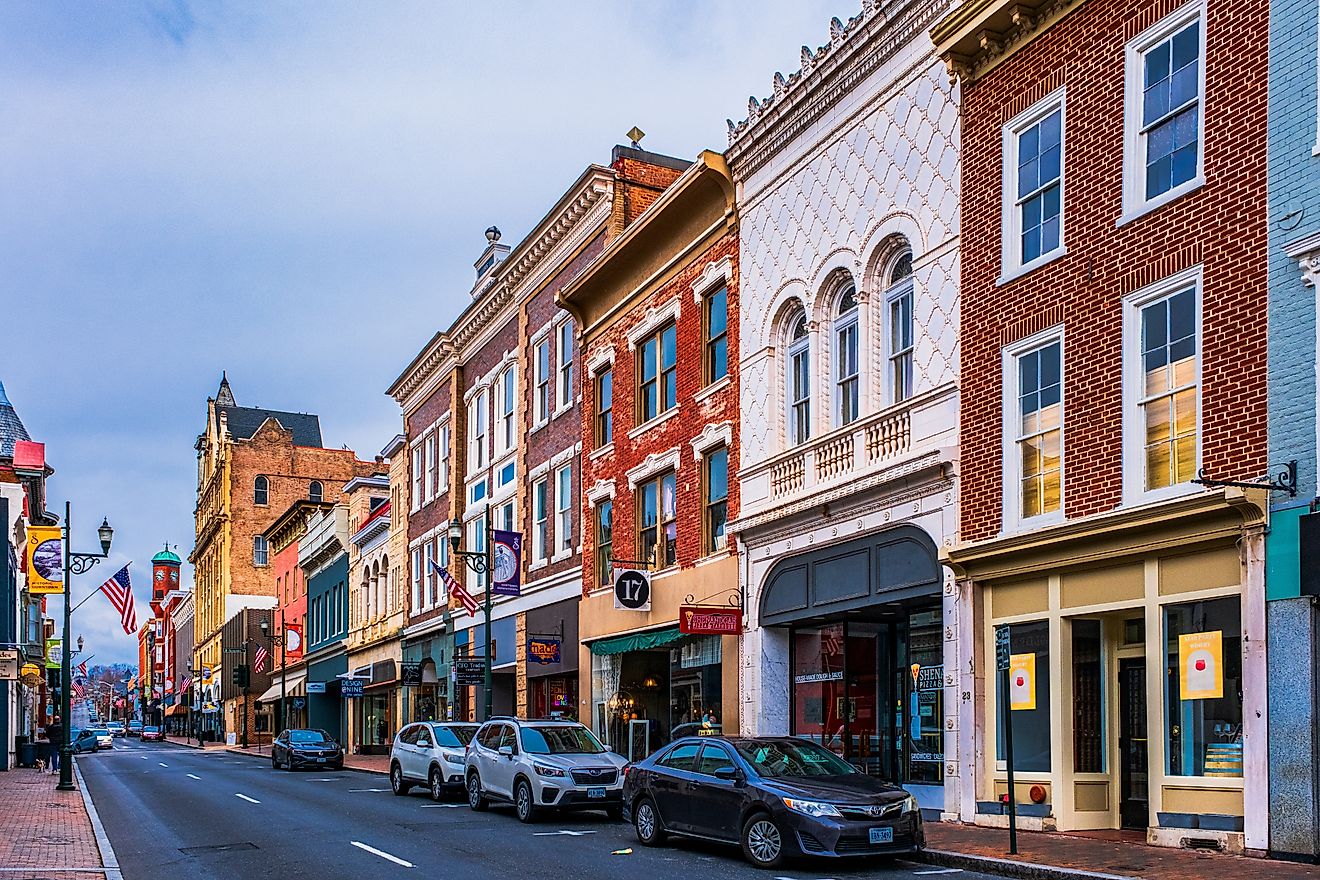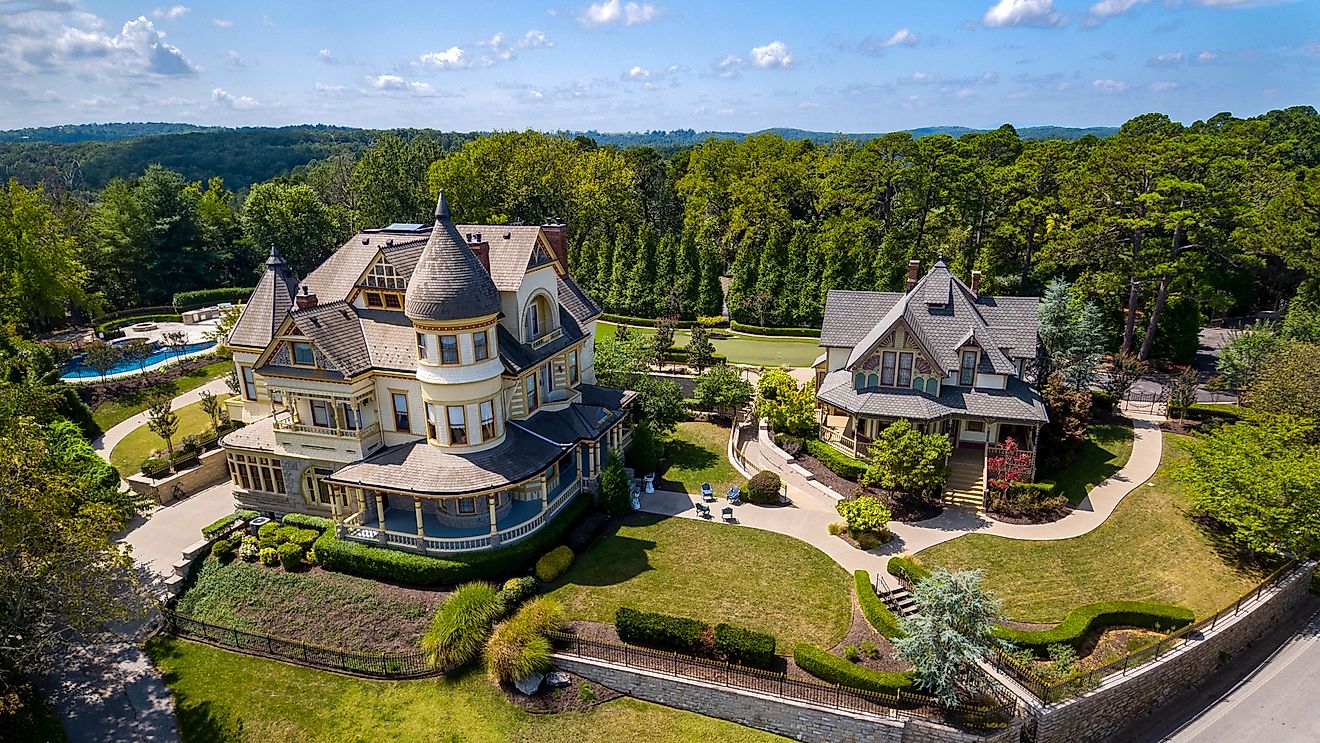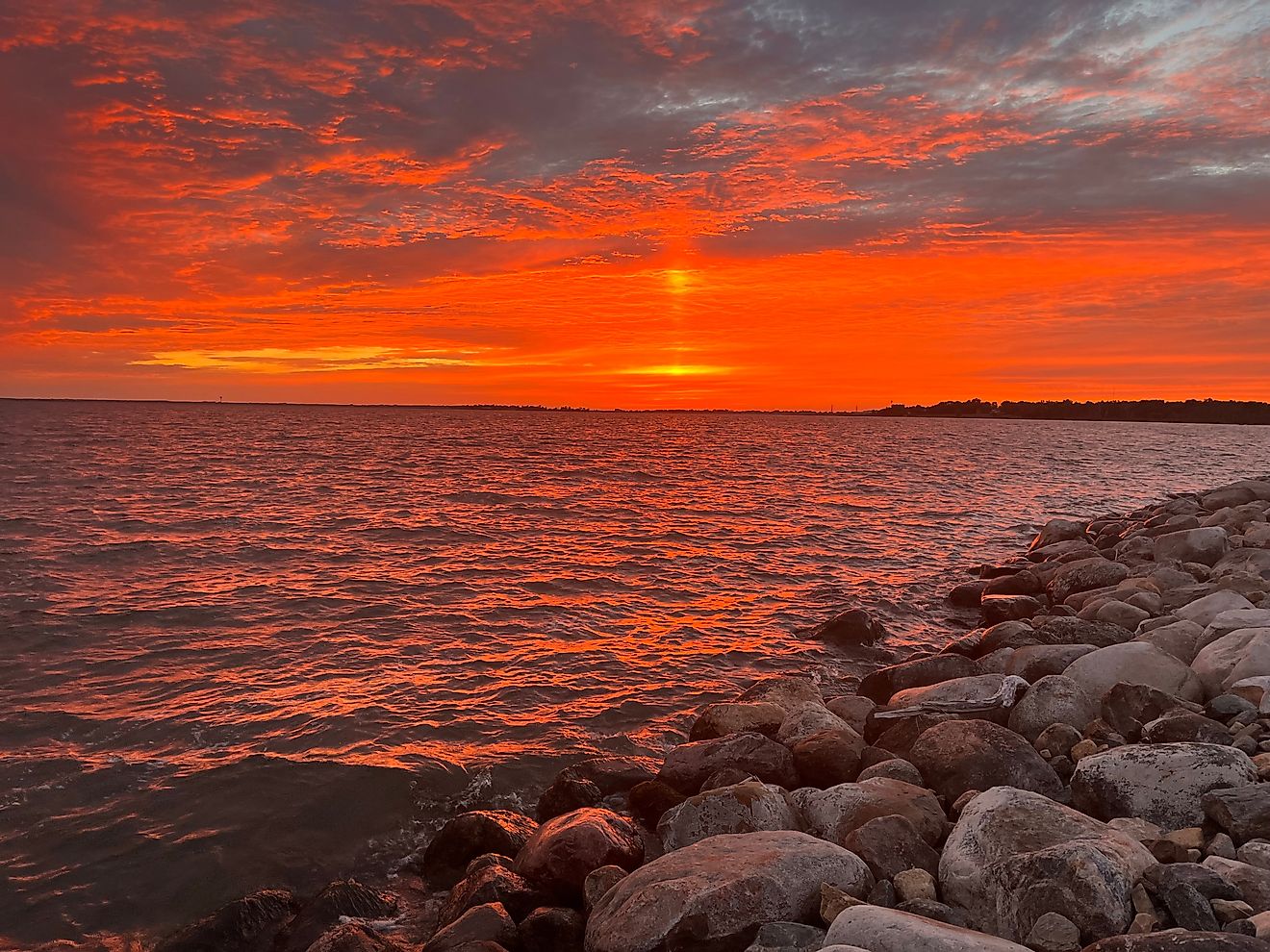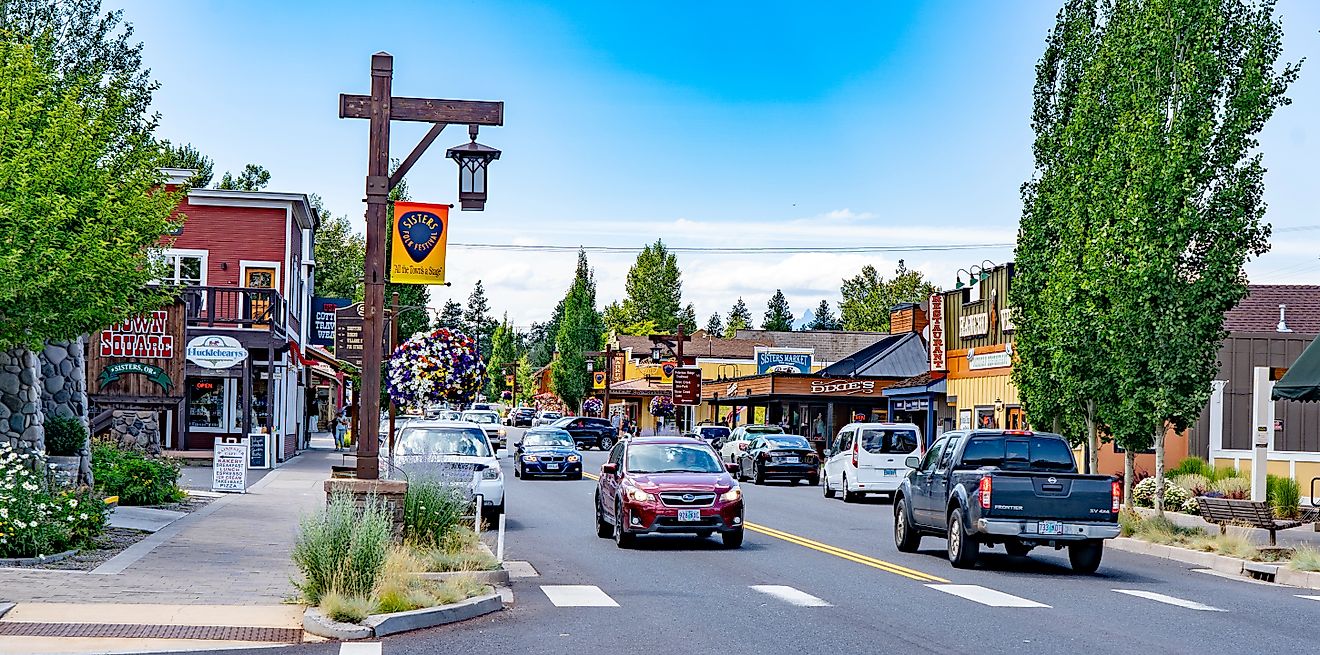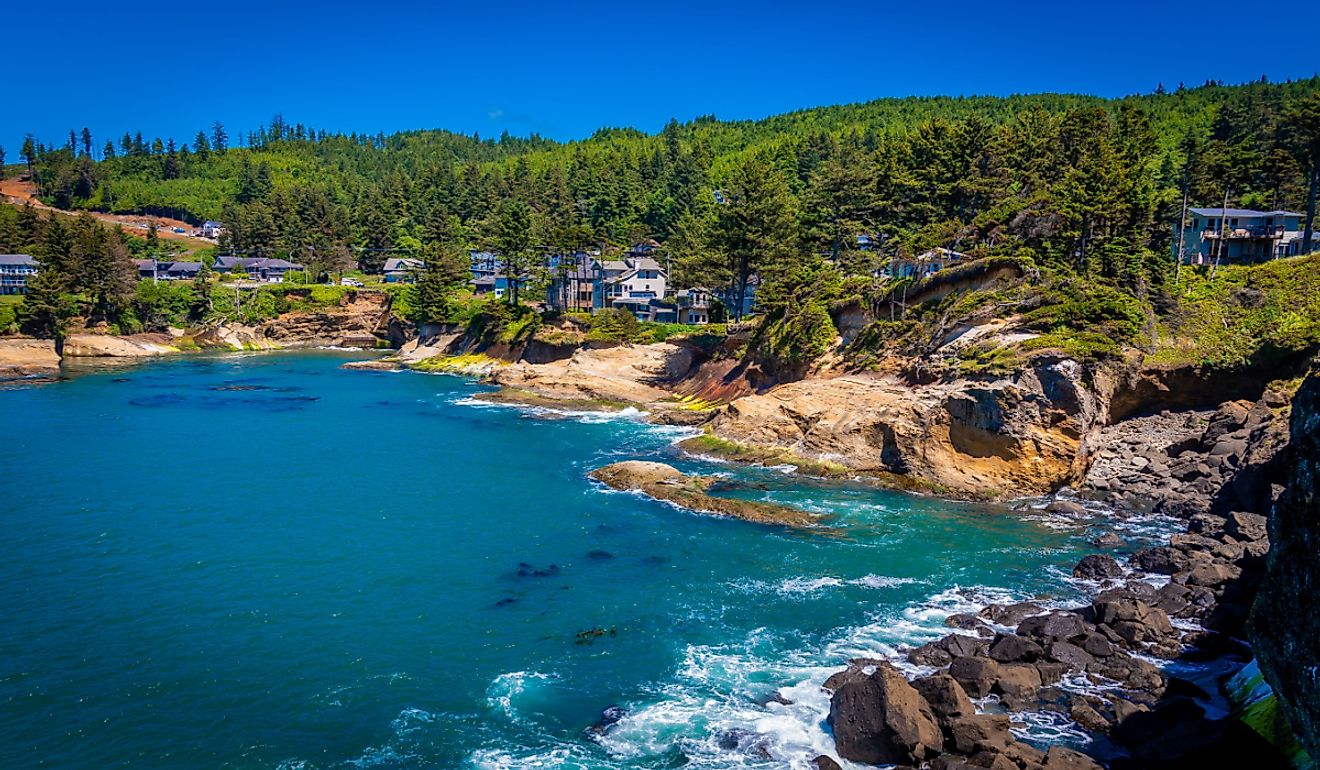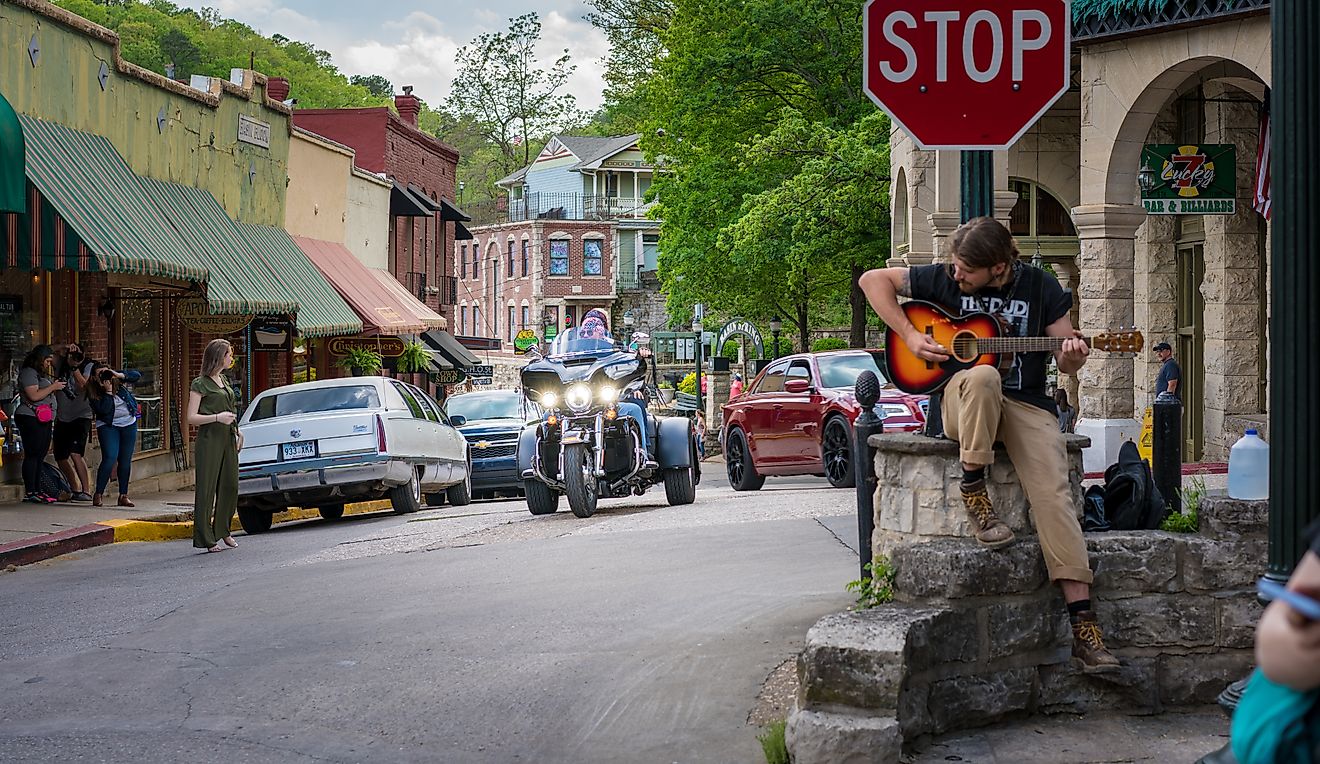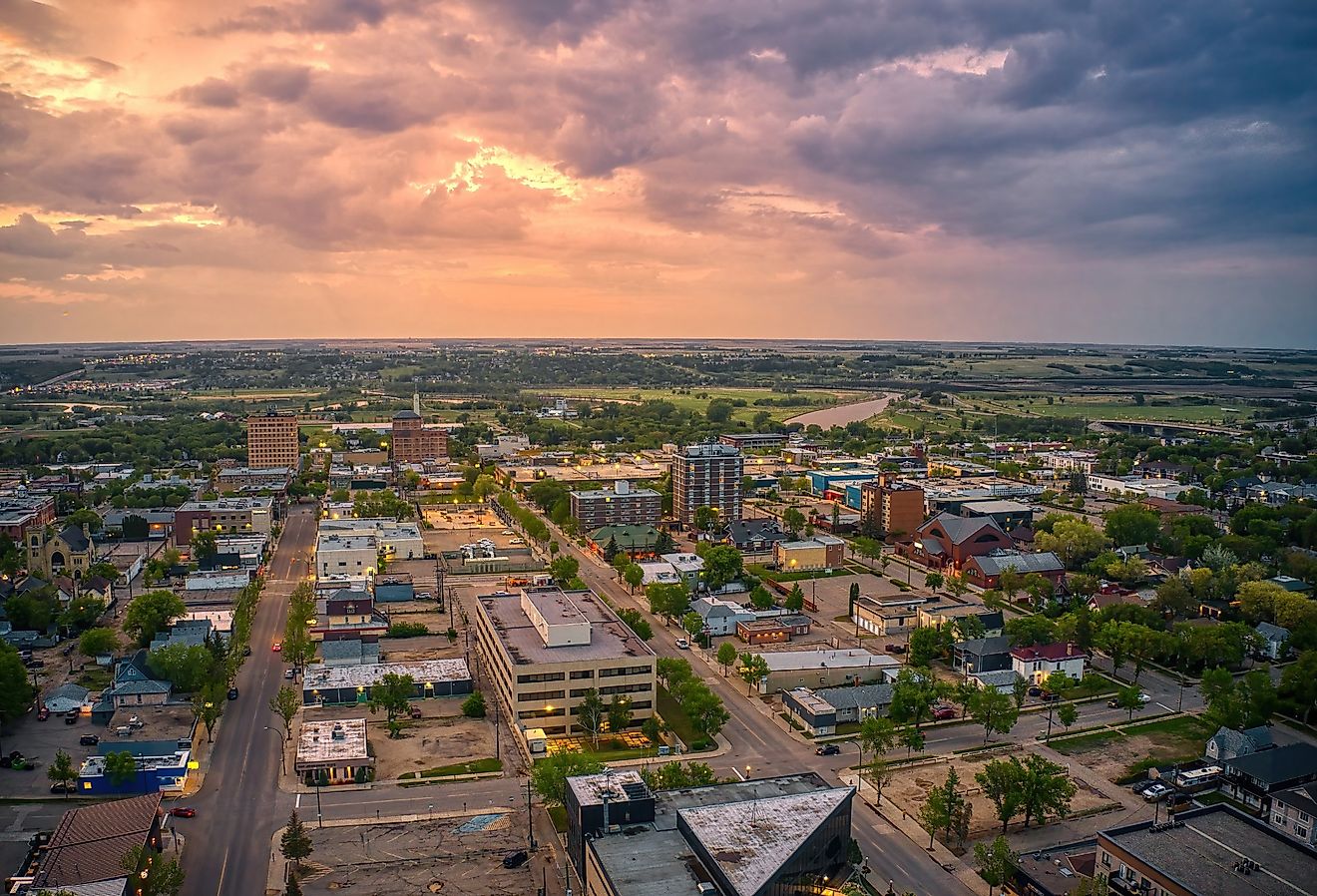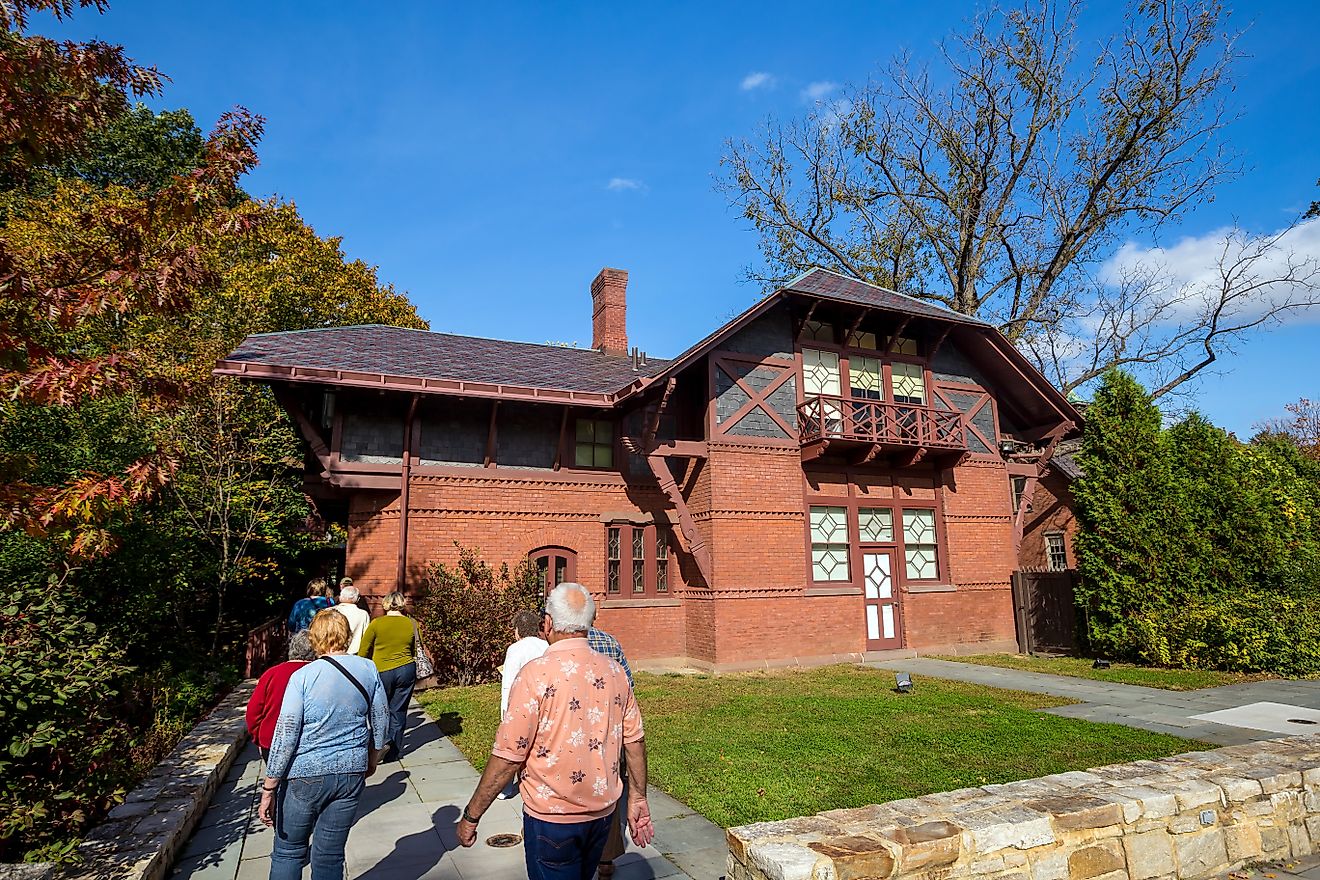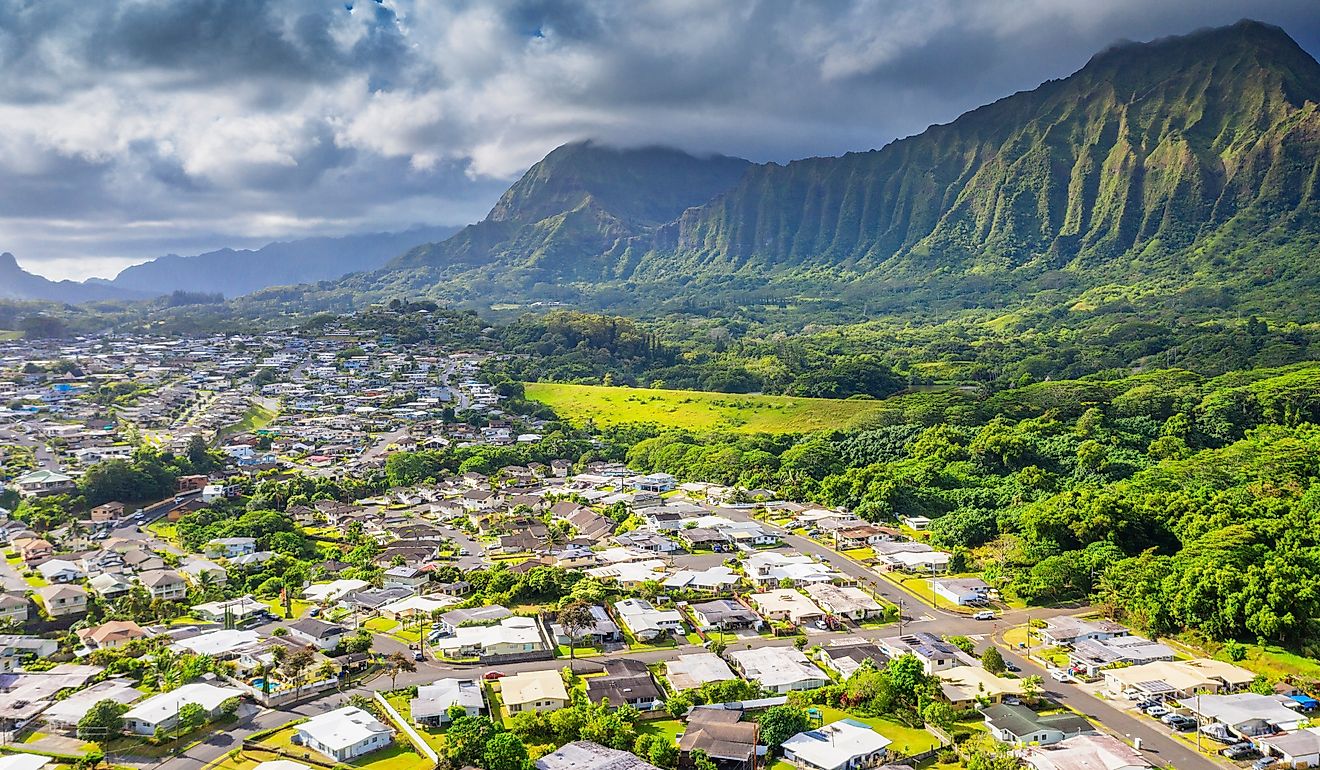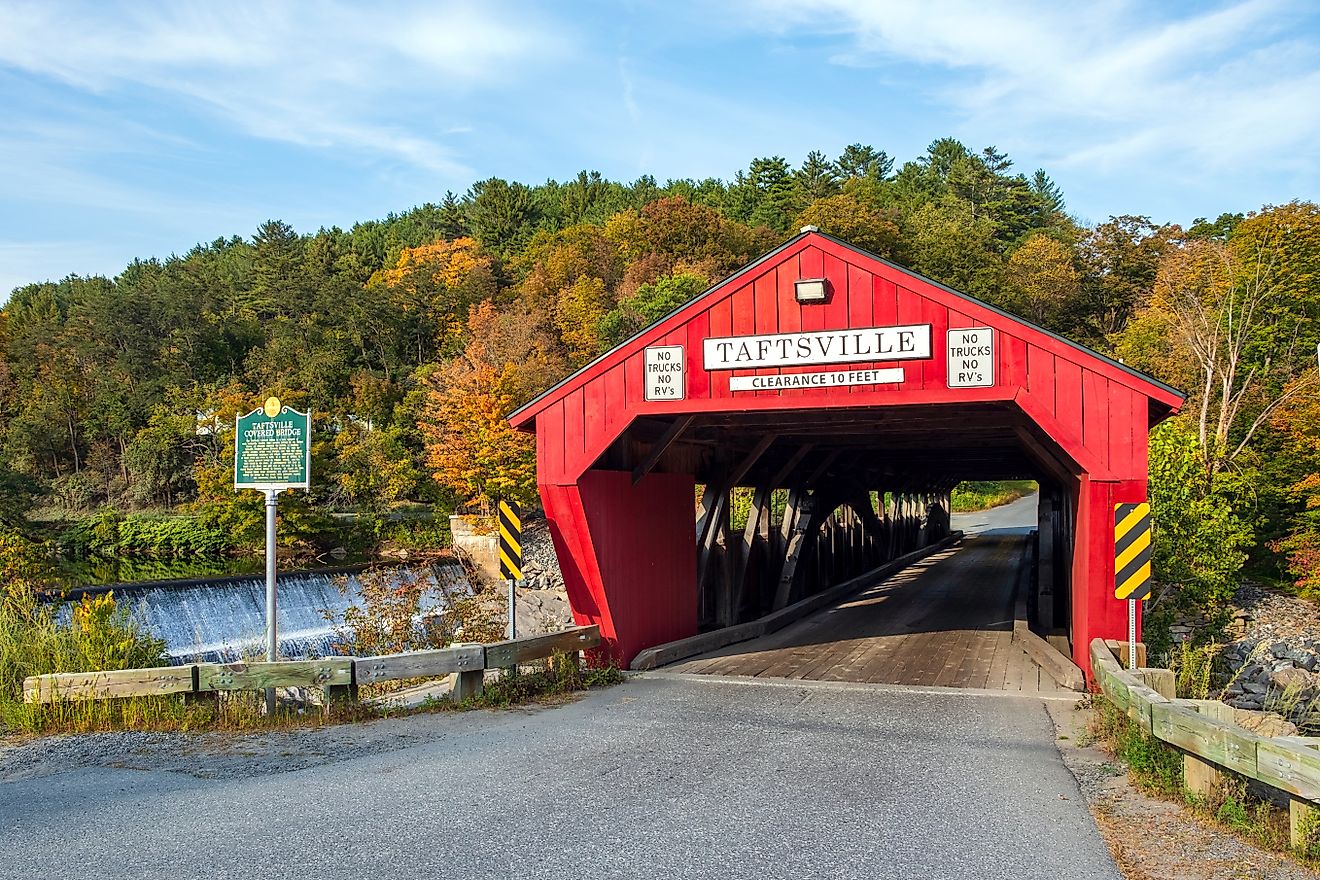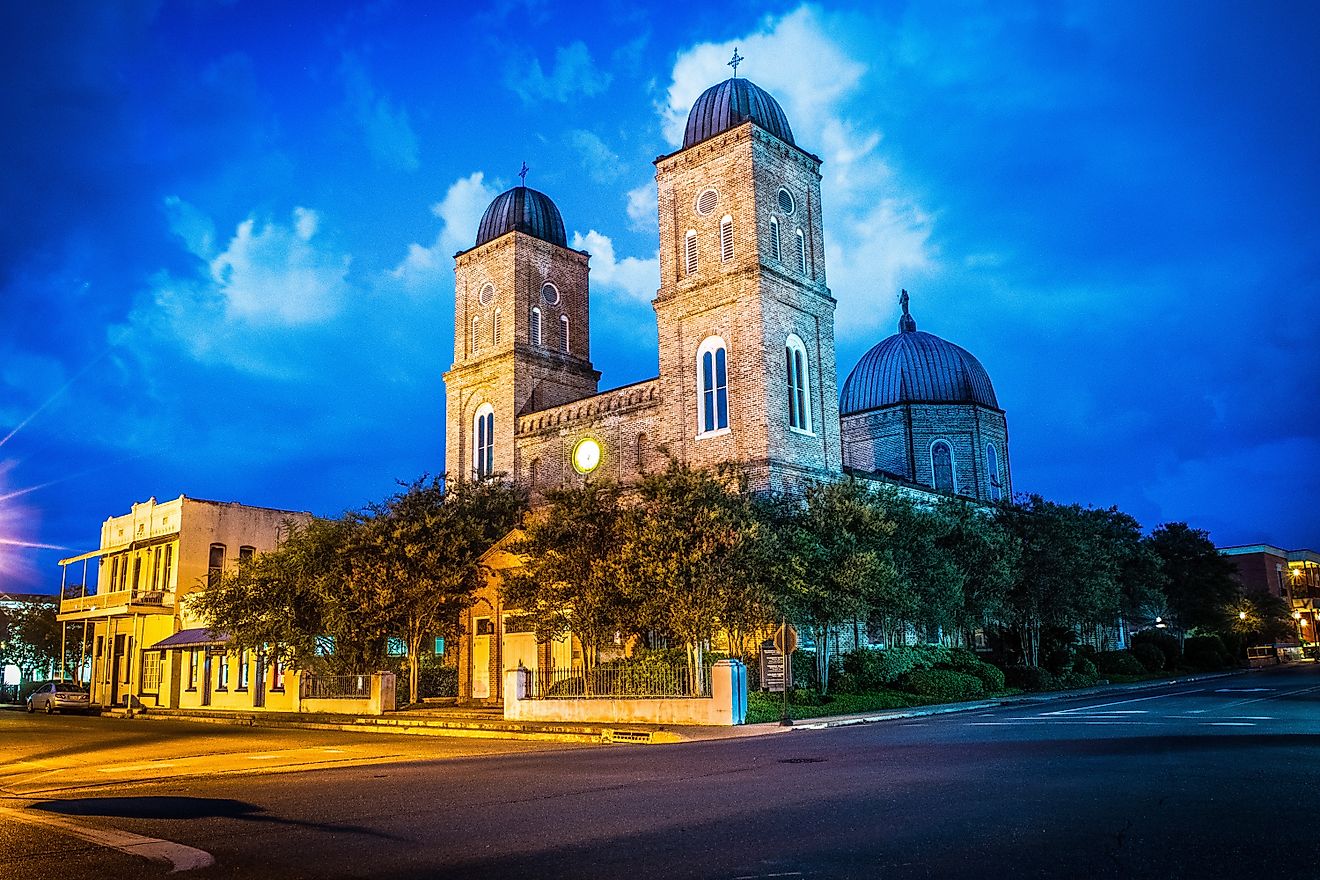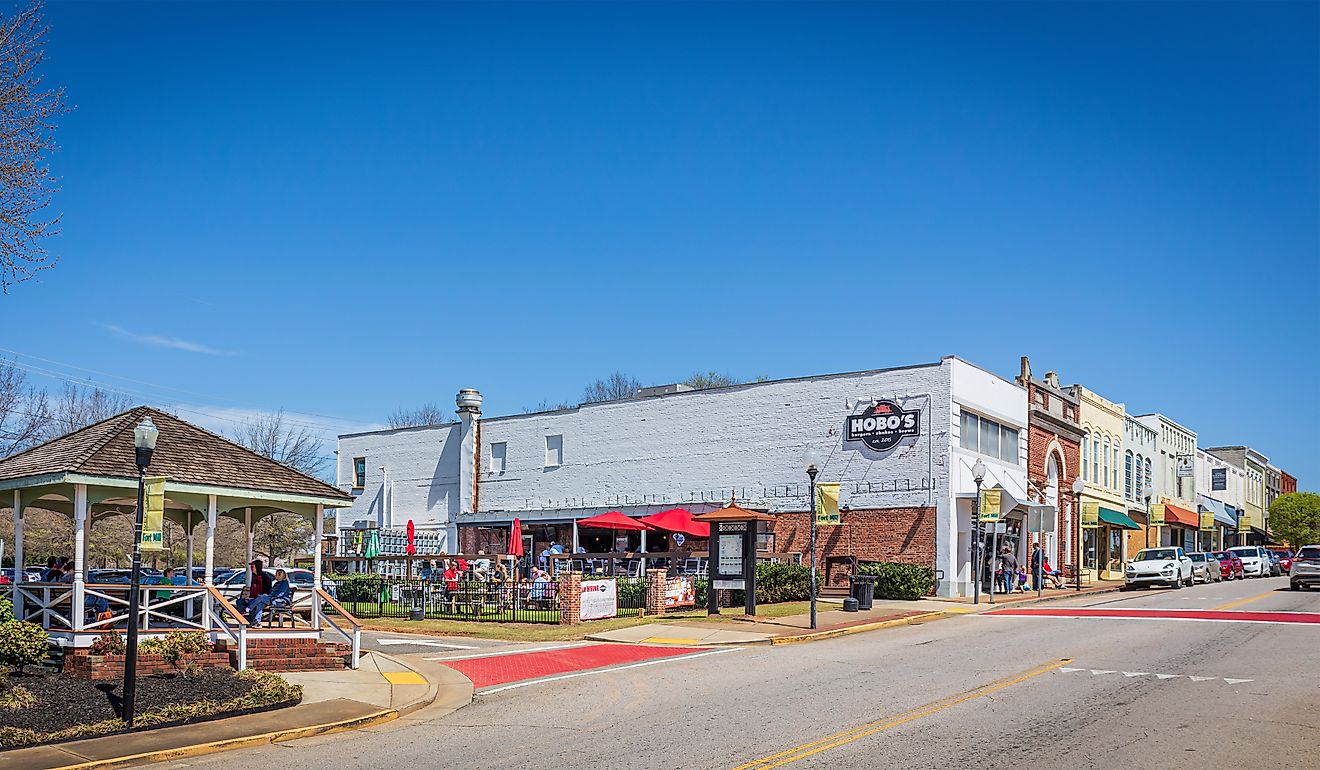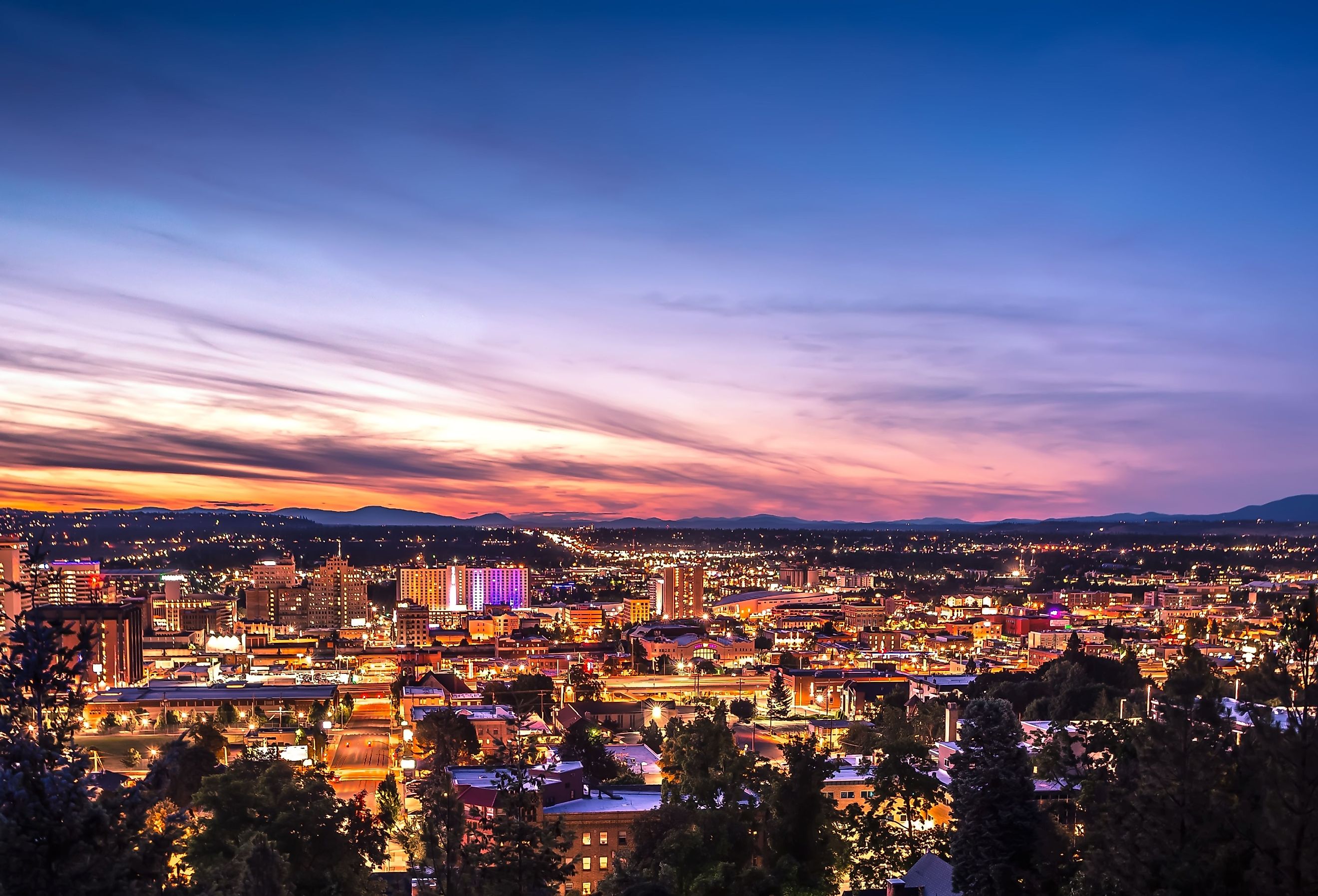
Spokane, Washington
Spokane is a city on the far eastern edge of Washington State. With few other major settlements nearby, this island of a city seemingly floats in the sparsely populated interior of the Pacific Northwest, making it an essential cultural and economic center for the region. With a unique geographical layout and a growing tourism scene, Spokane has come a long way since its founding in 1873.
Let's explore this unique city and see what makes it a worthwhile travel destination, even when compared to larger Pacific Coast metro areas on the other side of the PNW.
A Brief History of Spokane
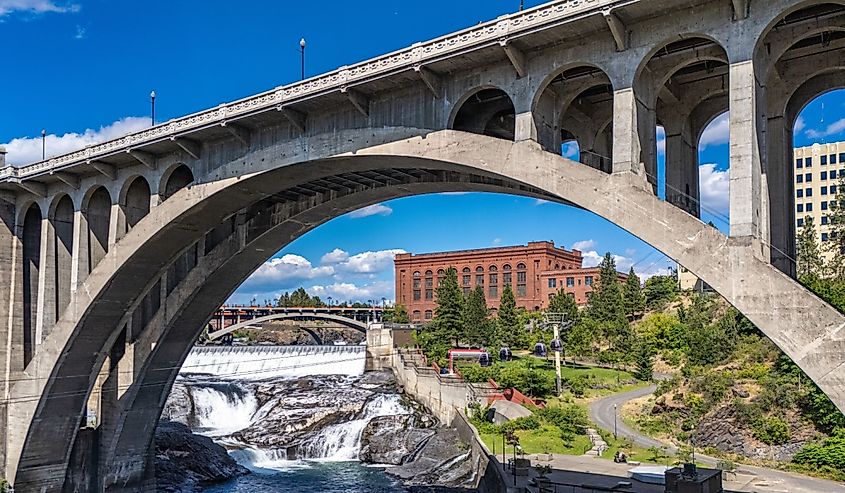
Spokane’s history dates back thousands of years, with the native Spokane Tribe inhabiting the region long before the eventual European settlement. The tribe, known for fishing and trading along the Spokane River, lived in semi-permanent villages and relied on the region’s abundant natural resources. The first recorded European to explore the area was David Thompson of the North West Company in 1810, who established a fur trading post near modern-day Spokane Valley.
By the late 19th century, the arrival of the Northern Pacific Railroad in 1881 spurred rapid growth. Spokane then became a major hub for natural resource extraction and shipping, with a huge portion of wealth flowing in from silver mines in Idaho’s Coeur d’Alene region. However, the Great Fire of 1889 destroyed much of downtown, leading to a significant rebuilding effort moving forward.
The early 20th century saw continued industrial expansion, but economic downturns, including the Great Depression, and many other American cities slowed this growth. During World War II, Fairchild Air Force Base was established, strengthening Spokane’s military presence and bringing new importance to the city. Spokane later transitioned into a center for education, healthcare, and tech industries, as its original resource-based economy didn't quite pick up where it left off in the years after.
In 1974, the World's Fair, Expo '74, was held in Spokane. This event revitalized the downtown area and led to the creation of the iconic Riverfront Park and the further modernization of Spokane's downtown core.
Geography

Spokane is located on the far eastern side of Washington, approximately 20 miles west of the Idaho border. The city sits in the Spokane River Valley, part of the larger Columbia Plateau, with the Spokane River cutting through the heart of its downtown.
At an elevation of about 1,900 feet, Spokane’s geography is defined by rolling hills, basalt rock formations created by significant volcanic activity, and forested areas dominated mainly by pine forests. The surrounding landscape transitions from the dry, shrub-steppe environment of central Washington to the more heavily forested terrain of northern Idaho and the Rocky Mountain foothills.
To the west, the Spokane River flows into the Columbia River, while to the east, it originates at Lake Coeur d’Alene in Idaho. The river plays a crucial role in the city’s geography and economy, as it was once the main route of transportation in the area before trains and automobiles, with Spokane Falls downtown being a main portage section.
Spokane's climate is classified as a warm summer continental climate, characterized by hot, dry summers and cold, snowy winters. The city receives nearly 17 inches of precipitation annually, with winter snowfall averaging around 48 inches.
The city is surrounded by several notable natural features, including the Selkirk Mountains to the north, the expansive grasslands of the Palouse region to the south, and the rugged Channeled Scablands to the west.
Population and Economy

The city of Spokane is widely considered the main economic and cultural hub of the Inland Pacific Northwest, with a population of approximately 230,000 as of 2024, by far the largest in the region. The broader metropolitan area, which includes Spokane Valley and other surrounding communities, brings the metro population of this city to over 600,000.
Historically reliant on natural resource industries such as timber, mining, and agriculture, Spokane has since diversified into healthcare, education, manufacturing, aerospace, and even some tourism. The city is also home to a growing community of high-tech manufacturers and startups supported by institutions like Gonzaga University and Washington State University’s Spokane campus.
As mentioned, tourism is a budding industry here that has grown significantly in recent years. Attractions like Riverfront Park and the Spokane Convention Center downtown, as well as the numerous nearby parks and greenspaces, draw nature lovers and a variety of other kinds of visitors every year.
Top Attractions in Spokane
Although often overshadowed by bigger cities further west on the Pacific Coast, Spokane is an underrated gem for travelers looking to venture off the beaten path. From expertly curated museums to a bustling historic downtown and a vast variety of parks within reach, here are some top draws you can find in and around Spokane, Washington, today.
Riverfront Park
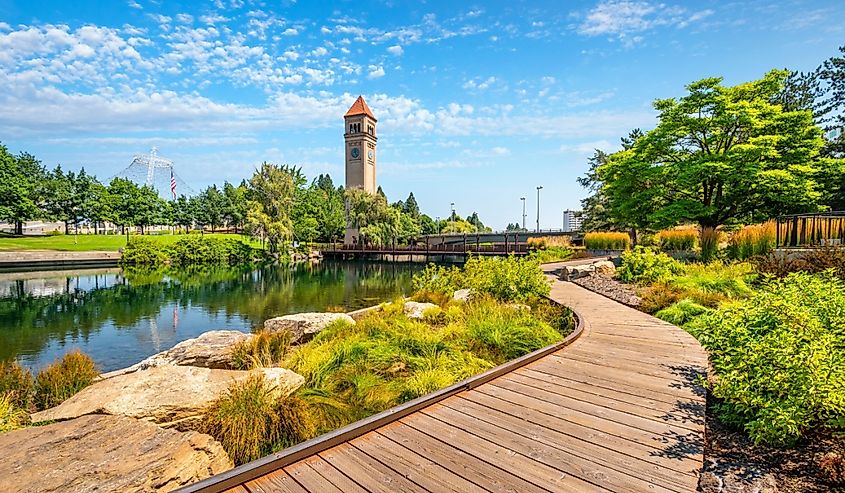
Riverfront Park is Spokane’s most beloved urban park, spanning 100 acres in the heart of downtown along the Spokane River. Originally developed for Expo ’74, the park features wonderful sights like Spokane Falls, where the river cascades through the city center.
You can ride the Numerica SkyRide for overhead views of the falls or walk across the historic Monroe Street Bridge for an easier vantage point. Other highlights include the Looff Carrousel, built in 1909, and the Pavilion, an illuminated structure left over from the World’s Fair. The most iconic landmark here is probably The Great Northern Clocktower, which towers over the park and is one of the few manmade remnants from before Expo '74.
With a web of walking trails, sculptures, and seasonal events, Riverfront Park remains a central gathering place and one of Spokane’s most visited attractions for many good reasons.
Northwest Museum of Arts & Culture

The Northwest Museum of Arts & Culture, commonly known as the MAC, is Spokane’s leading museum to learn about and witness regional history, art, and culture. Affiliated with the Smithsonian Institution, the museum is home to exhibits on Native American heritage, early city history, and contemporary art.
A highlight is the neighboring Campbell House, a restored 1898 mansion where guided tours of Spokane’s early elite lifestyle can be booked. The museum also hosts rotating exhibitions, educational programs, and an extensive collection of Plateau tribal artifacts, making it a great place to visit multiple times.
Manito Park
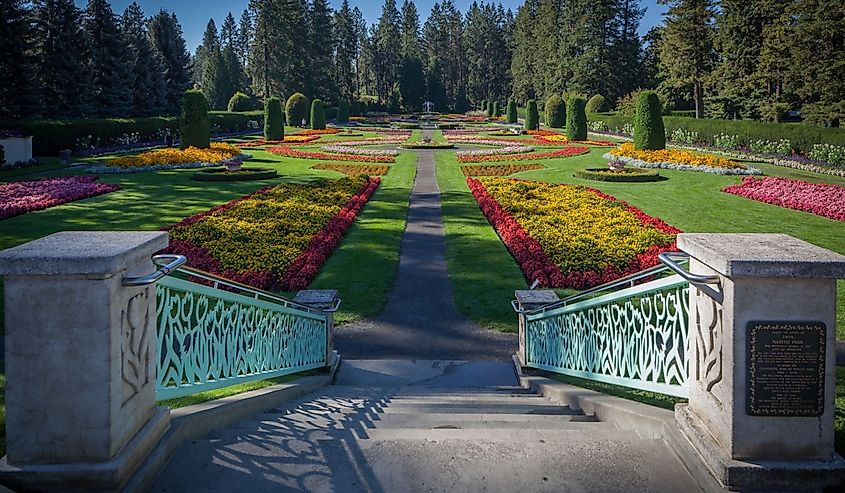
Manito Park is a 90-acre public park in Spokane’s South Hill neighborhood, known for its highly diverse botanical gardens. Established in 1904, it features the meticulously designed Duncan Garden, a formal European-style garden, and the Nishinomiya Tsutakawa Japanese Garden, an amazing spot to relax outside for an afternoon.
The park also includes the Rose Hill Garden, home to hundreds of rose varieties that you are free to sniff (just be careful when handling), and the Gaiser Conservatory, which contains tropical and desert plants.
With maintained footpaths, picnic areas, and a duck pond, Manito Park is a pristine locale for both residents and visitors in the area, particularly in the summer when the huge collection of flowers is in full bloom.
Mount Spokane State Park
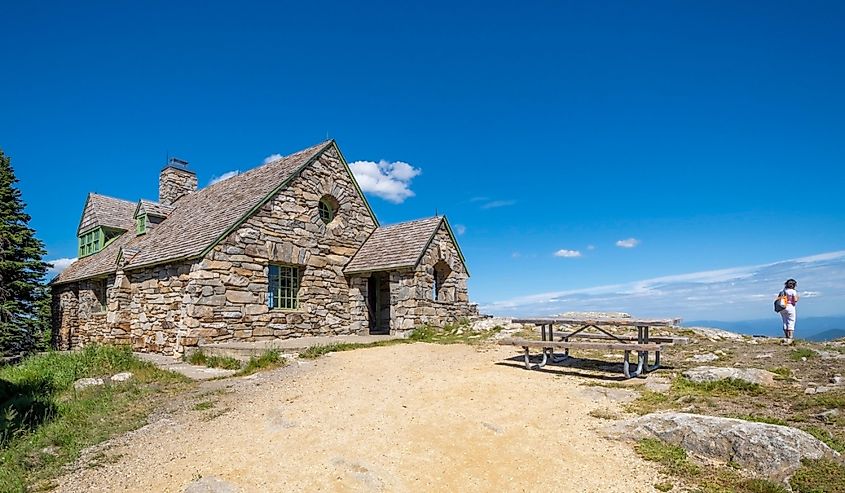
Mount Spokane State Park rests a short drive northeast of Spokane and is Washington’s largest state park, covering over 12,400 acres in the Selkirk Mountain range. The park is a hotspot for year-round recreation, including hiking, mountain biking, and wildlife viewing in the warmer months, while winter brings skiing, snowshoeing, and snowmobiling at Mount Spokane Ski & Snowboard Park.
The summit, at 5,883 feet, offers panoramic views of Washington, Idaho, and even Canada! At the mountain's peak, you can explore miles of trails, including those leading to historic structures like the Vista House, built in 1933 out of stone.
Visit the Lilac City Today
Also known for the significant number of lilac bushes throughout the city, Spokane is clearly dedicated to maintaining its natural beauty. With this in mind, it serves as a prime location for visitors looking for an escape into nature and residents who value living in a pristine environment with lots to do in terms of outdoor adventure.
Other than that, its interesting history and growing economic opportunities continue to make Spokane a must-visit city in the Pacific Northwest, whether you're scouting out a more affordable place to live or are simply passing through on a road trip.
